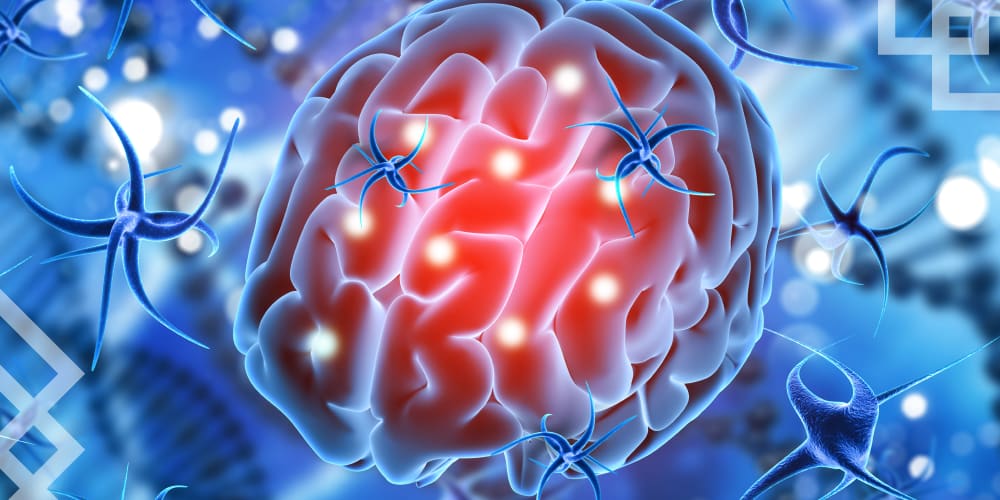A groundbreaking study has recently unveiled compelling insights into the diagnosis of traumatic brain injuries TBIs, offering promising avenues for enhanced detection and treatment strategies. Published in a prestigious medical journal, the research marks a significant advancement in the understanding and management of TBIs, which have long posed challenges in accurate diagnosis and timely intervention. Led by a multidisciplinary team of neurologists, radiologists, and data scientists, the study employed cutting-edge neuroimaging techniques and machine learning algorithms to analyze brain scans of patients with suspected TBIs. The findings shed light on subtle structural changes and biomarkers indicative of brain trauma, revolutionizing current diagnostic protocols. Central to the study’s findings is the identification of specific imaging biomarkers that correlate with varying severities of TBI, enabling clinicians to differentiate between mild, moderate, and severe cases with unprecedented accuracy. Through meticulous analysis of neuroimaging data, researchers pinpointed subtle alterations in brain structure and connectivity patterns characteristic of TBIs, even in cases where conventional imaging techniques may fail to detect abnormalities.

One of the most significant breakthroughs of the study lies in the integration of machine learning algorithms to facilitate automated TBI diagnosis and prognosis. By training sophisticated algorithms on a vast dataset of brain scans and clinical outcomes, researchers developed predictive models capable of accurately classifying TBI severity and predicting long-term neurological outcomes with high precision. This novel approach not only streamlines the diagnostic process but also empowers healthcare providers to make informed decisions regarding patient management and treatment strategies. Furthermore, the study highlights the importance of personalized medicine in TBI management, emphasizing the need for tailored interventions based on individual patient characteristics and injury profiles. By leveraging advanced imaging techniques and machine learning algorithms, clinicians can now stratify patients according to their risk of developing complications, such as post-traumatic epilepsy or neurodegenerative disorders, and implement targeted therapeutic interventions to mitigate adverse outcomes. This personalized approach holds tremendous promise for improving patient outcomes and reducing the long-term burden of TBI-related disabilities.
In addition to its clinical implications, the study underscores the critical role of interdisciplinary collaboration in advancing medical assessments for tbi research and innovation. By bringing together experts from diverse fields, including neuroscience, radiology, computer science, and clinical medicine, the study exemplifies the power of collaborative efforts in tackling complex healthcare challenges. Moving forward, continued investment in interdisciplinary research and technological innovation will be essential for further unraveling the mysteries of TBI and developing novel diagnostic and therapeutic strategies. In conclusion, the groundbreaking study offers a paradigm shift in the diagnosis and management of traumatic brain injuries, providing novel insights into the underlying pathophysiology and paving the way for personalized treatment approaches. Through the integration of advanced neuroimaging techniques and machine learning algorithms, clinicians can now more accurately diagnose TBIs, predict patient outcomes, and tailor interventions to individual needs. This transformative research not only enhances our understanding of TBI but also holds immense promise for improving patient care and outcomes in the years to come.





